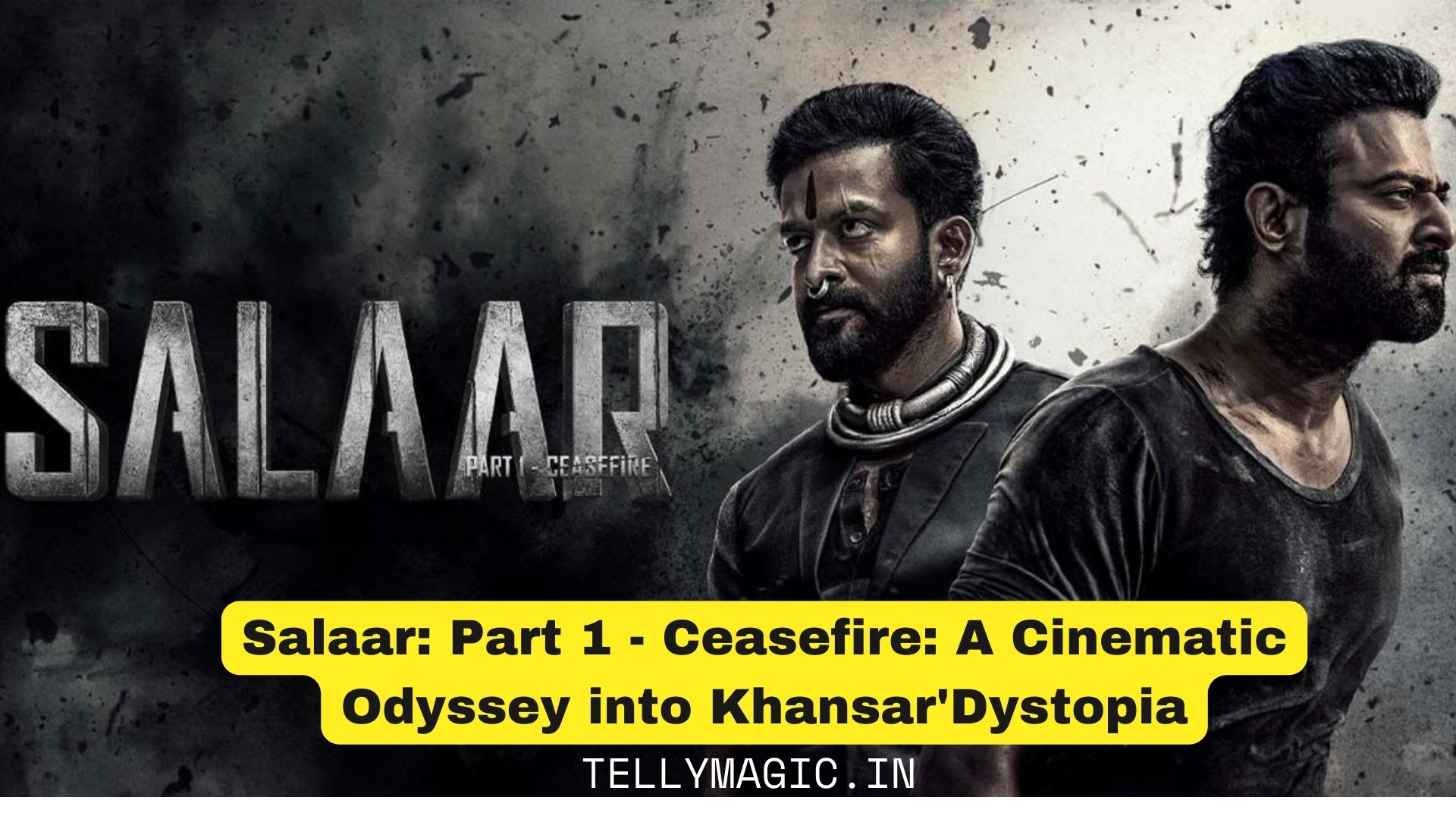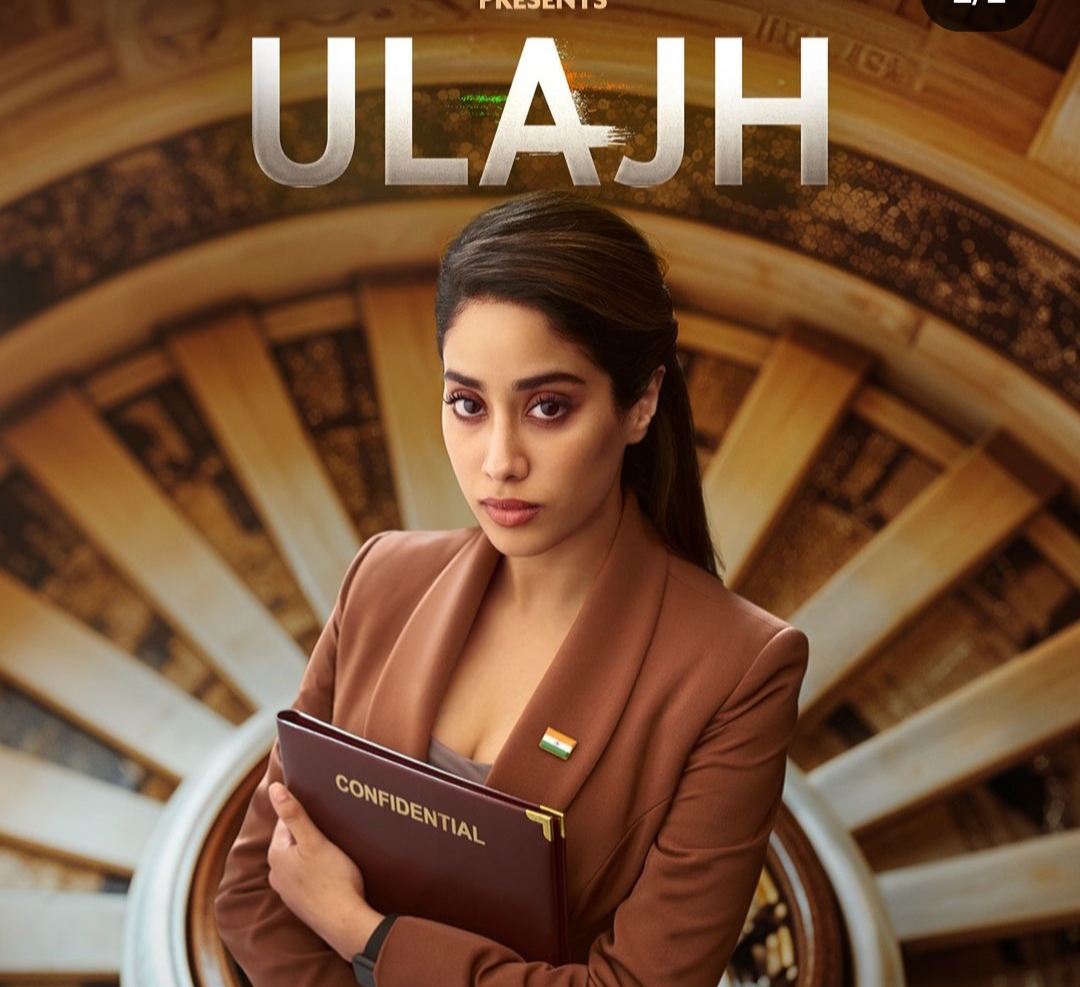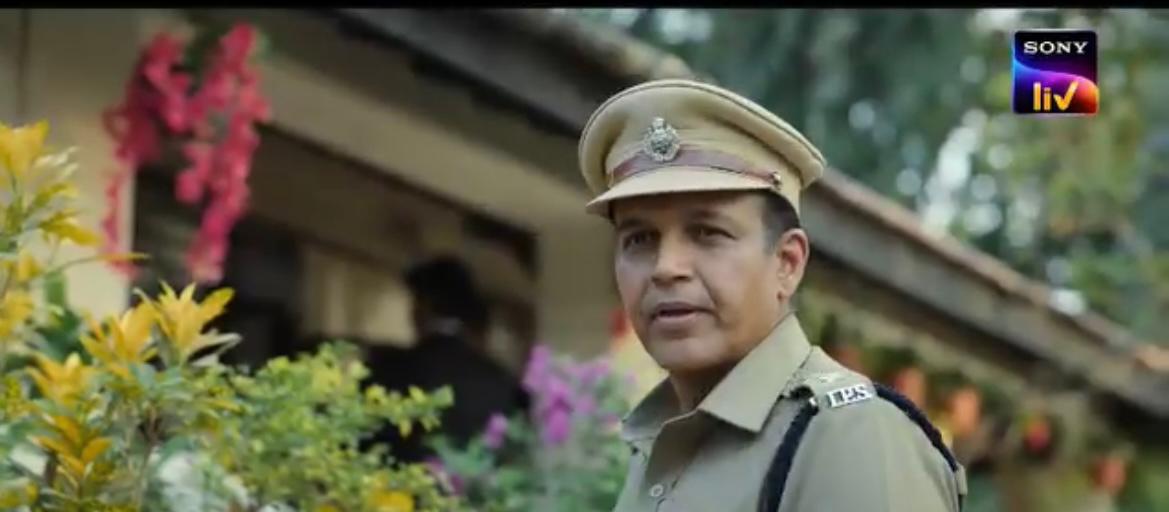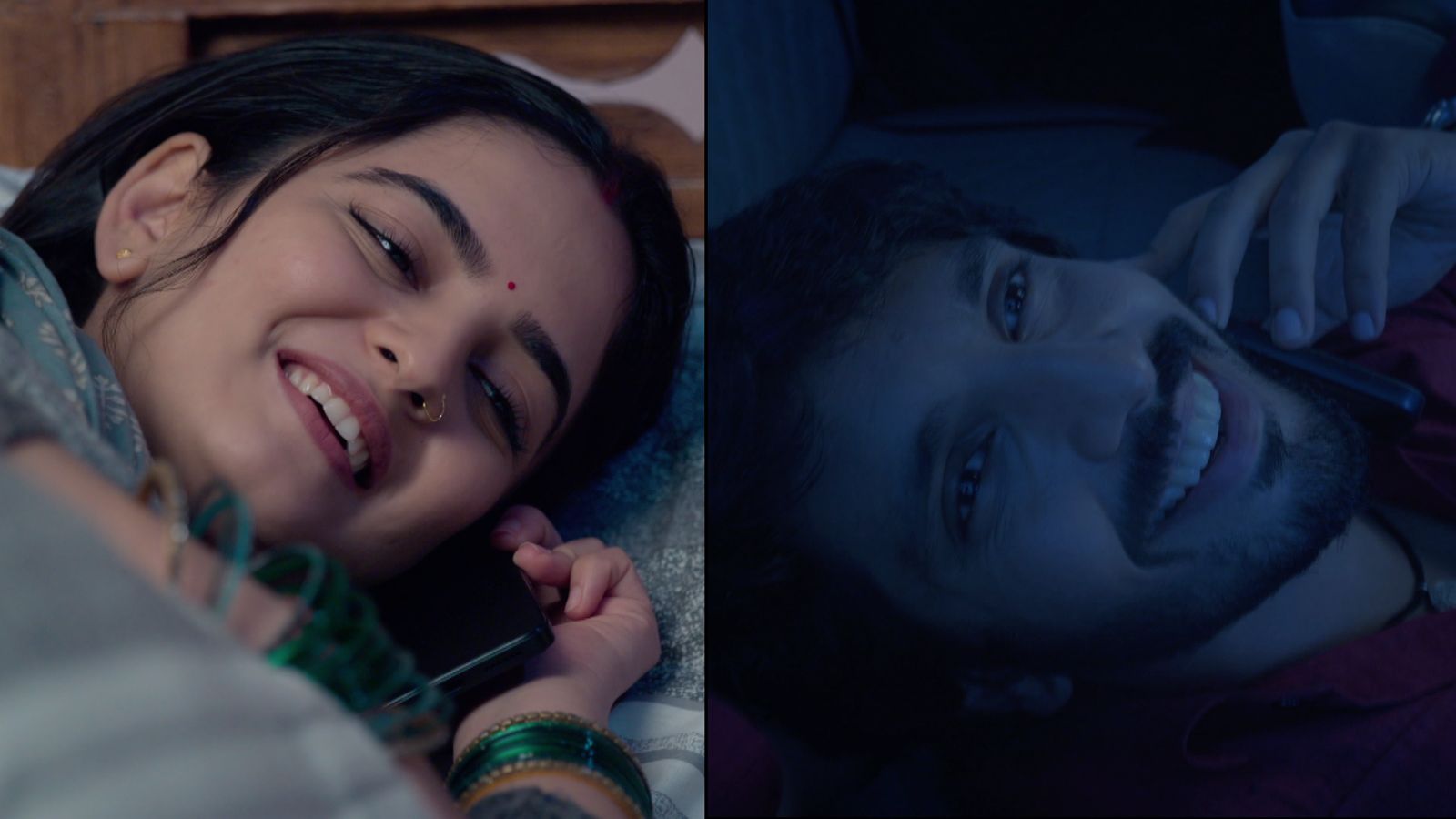
Prashanth Neel’ latest directorial venture, “Salaar: Part 1 – Ceasefire,” unfolds like a visual symphony set against the rustic and politically charged landscape of Khansar. The film, featuring the dynamic duo of Prabhas as Deva and Prithviraj Sukumaran as Vardharaja, is a thrilling saga that seamlessly weaves drama, action, and political intrigue.
Neel, known for his directorial prowess in the KGF franchise, takes an unconventional route in narrating the dystopian world of Khansar. The dark color palette, reminiscent of his previous works, creates a brooding atmosphere that complements the complexities of the narrative. The city of Khansar is meticulously crafted with intricate details, establishing a rich history that spans from 1747 to the present day.
Prabhas, in the role of Deva aka Salaar, is a man of few words but packs a powerful punch with his dialogues and action sequences. Neel masterfully elevates the character, making Salaar appear larger than life. The screenplay, though taking its time in the first half to establish Deva’s character, sets the stage for an explosive second half.
The film boasts a rich ensemble of characters, with Prithviraj Sukumaran delivering a compelling performance as Vardharaja. His portrayal adds layers of vulnerability and determination to the narrative, creating a character caught in the political whirlwind with his own strategic calculations.
Also read .Deceptive Alliances and Hidden Motives Unveiled: The Twists of Love in COLORS’ ‘Parineetii
Shruti Haasan, in her role as Aadhya, brings a sense of balance to the narrative, while supporting cast members, including Jagapathi Babu, Bobby Simha, Tinnu Anand, Easwari Rao, and others, contribute significantly to the story’s depth.
Also read .Salaar Unleashed: Prabhas Takes Center Stage in Prashanth Neel’s Cinematic Spectacle!”
The film’s exploration of themes such as power, loyalty, betrayal, and the right to leadership delves into the complexities of political machinations, offering a compelling commentary on power struggles. The absence of typical dance numbers or romantic melodies adds to the film’s uniqueness, relying instead on situational anthems that enhance the drama.*
Ravi Basrur’ soundtrack and the cinematography effectively capture the essence of Khansar’ tumultuous atmosphere, immersing the audience in the city’s tension and drama. The editing, particularly in the second half, sharpens the narrative, though the same cannot be said for the first.
While the film features a certain amount of violence and bloodshed, which may not be palatable for some audiences, it excels in drama and action. The first half, layered with tension and drama, might not cater to those expecting a plethora of action, comedy, and masala. However, it scores high on emotional impact and storytelling.
conclusion,
“Salaar: Part 1 – Ceasefire” stands as a testament to Prashanth Neel’s ability to craft immersive cinematic experiences. With stellar performances, a richly layered narrative, and a visual appeal that captures the essence of Khansar, the film promises to leave a lasting impact on audiences, setting the stage for the much-anticipated continuation of Salaar’s saga.








